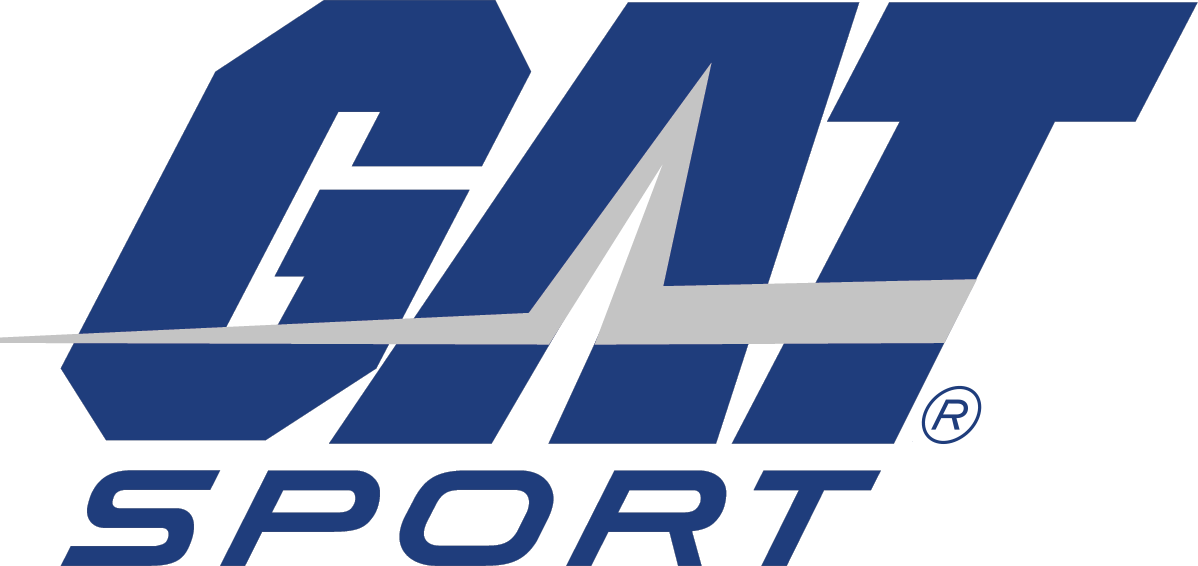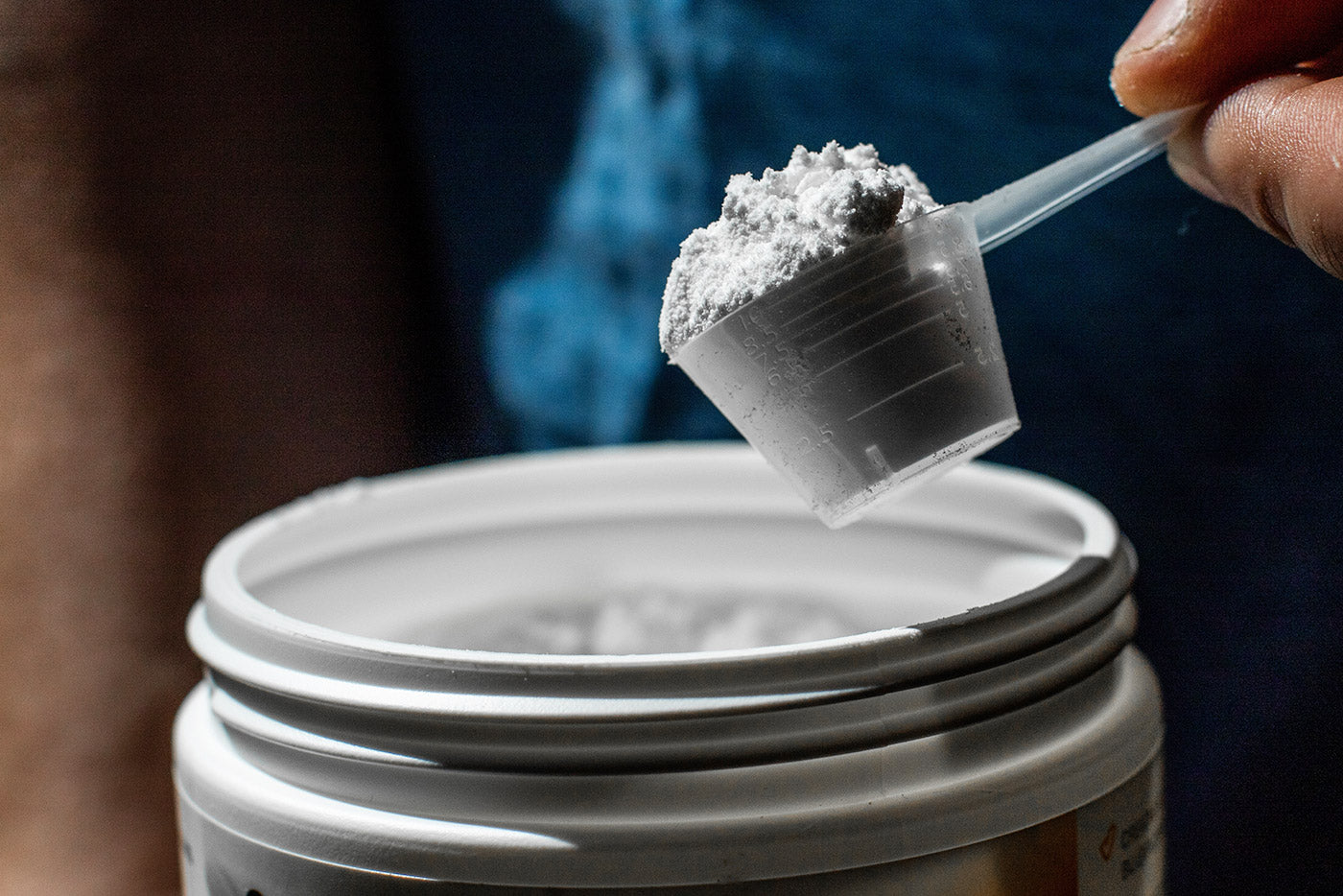October 2025 remember this date. It's when creatine supplementation finally entered the 21st century. As Andrew Huberman champions biohacking for optimal performance, the era of messy shaker bottles and gritty powders is over. GAT Sport Creatine Chews, delivering 5 grams of creatine monohydrate per four-chew serving, are here: portable, tasty, and game-changing. They fit the fast-paced lives of Gen Z, Millennials, and beyond, making creatine as convenient as it is powerful, like swapping a clunky flip phone for a sleek smartphone.
Traditional creatine's inconvenience creates a compliance crisis that sabotages gains. Gen Z athletes, chasing TikTok-worthy aesthetics, struggle to mix powders on the go, skipping doses during travel or campus sprints. Millennials, juggling gym sessions with work, dread clumpy shakes and waterlogged gym bags, leading to inconsistent use. Late Gen X lifters, focused on longevity, face portability issues that disrupt routines, especially away from home. Searches for "best portable creatine" and "creatine without mixing" are surging, reflecting a core issue: traditional creatine's mixing hassles and lack of portability erode adherence, leaving strength, recovery, and performance gains untapped.
The Science Behind the Solution
Science validates creatine's benefits and why convenience is critical. Creatine monohydrate, the gold standard, boosts muscle phosphocreatine stores, increasing ATP for high-intensity efforts, yielding 5-15% greater strength and power (1). A 2017 meta-analysis found creatine adds 0.5-1kg of lean mass and enhances sprint performance in weeks (2).
Absorption is key: a 5g serving, like four GAT Sport Creatine Chews, taken post-workout with carbs, maximizes uptake via insulin-mediated transport (3). Compliance drives results: studies show inconsistent dosing cuts benefits by up to 30%, as muscle saturation requires steady intake (4). Portable formats like chews improve adherence over powders, especially for busy athletes (5).
Creatine also boosts cognitive function under fatigue, enhancing focus for training and work (6). Pairing with pre-workouts amplifies anaerobic capacity, critical for hypertrophy (7). The problem? Mixing powders is a chore, breaking routines and slashing gains. Chewable creatine, delivering a precise 5g per serving, answers "are creatine chews effective?" with science-backed precision.

The GAT Sport Solution
The solution is new GAT Sport Creatine Chews, a revolutionary format solving every creatine complaint. Each serving of four chews delivers 5g of micronized creatine monohydrate, matching powder efficacy in a tasty, portable tablet. No water, no shaker, no mess: just pop and go, perfect for gym bags, desks, or travel.
Unlike GAT Sport Creatine Powder, which requires mixing and can clump, chews ensure compliance for students, professionals, or veteran lifters. Stack with Nitraflex Sport for pre-workout synergy, where stimulants and aminos amplify creatine's energy boost, enhancing focus and power. Take four chews post-workout with a carb snack (e.g., a banana) to spike insulin, or with Nitraflex Sport 30 minutes pre-workout for max pump.
Here's a dosing and integration table for a strength-focused leg day, leveraging the 5g per four-chew serving (adjust per bodyweight; consult a coach):
|
Time |
Supplement & Dose |
Purpose |
Workout Integration |
|
30 Min Pre-Workout |
Nitraflex Sport: 1 scoop + Creatine Chews: 4 chews (5g) |
Energy, focus, initial creatine load |
Warm-up: Squats (2x10 light), leg swings |
|
Intra-Workout |
Sip water or electrolytes |
Support creatine uptake, hydration |
Heavy sets: Squats (4x6-8), leg press (3x10), lunges (3x12) |
|
Post-Workout |
Creatine Chews: 4 chews (5g) + carb snack (e.g., banana) |
Muscle saturation, recovery boost |
Stretch, refuel with protein shake |
|
Evening (Non-Training) |
Creatine Powder: 5g (optional) |
Maintain saturation |
Light mobility or rest |
For comparison, here's how Creatine Chews stack against traditional powder:
|
Format |
Pros |
Cons |
|
GAT Sport Creatine Chews |
Portable, no mixing, tasty, 5g per 4 chews |
Slightly higher cost per serving |
|
GAT Sport Creatine Powder |
Cost-effective, flexible dosing |
Requires shaker, clumps, less travel-friendly |
GAT Sport Creatine Chews, launching October 2025, redefine convenient creatine supplements. Their micronized formula ensures rapid absorption, matching powder efficacy while eliminating hassle. Biohackers report 10-15% higher adherence with portable formats, driving better muscle saturation and performance (8).
For Fall's packed schedules, chews align with "new creatine chews 2025" trends, ensuring no dose is missed, whether at the gym or on the road. A 2025 review of chewable formats noted superior user satisfaction for taste and ease, making GAT Sport Creatine Chews a top pick for the best chewable creatine supplements (9).
Bottom Line
The creatine convenience crisis is history. GAT Sport Creatine Chews deliver 5g of power per four-chew serving, revolutionizing supplementation for modern athletes. Coming soon to GAT Sport.
References
(1) Kreider, R. B., et al. (2017). International Society of Sports Nutrition position stand: safety and efficacy of creatine supplementation in exercise, sport, and medicine. Journal of the International Society of Sports Nutrition, 14, 18. doi: 10.1186/s12970-017-0173-z
(2) Lanhers, C., et al. (2017). Creatine supplementation and lower limb strength performance: a systematic review and meta-analyses. Sports Medicine, 47(6), 1633-1643. doi: 10.1007/s40279-016-0644-4
(3) Green, A. L., et al. (1996). Carbohydrate ingestion augments skeletal muscle creatine accumulation during creatine supplementation in humans. American Journal of Physiology, 271(5), E821-E826. doi: 10.1152/ajpendo.1996.271.5. E821
(4) Hultman, E., et al. (1996). Muscle creatine loading in men. Journal of Applied Physiology, 81(1), 232-237. doi: 10.1152/jappl.1996.81.1.232
(5) Candow, D. G., et al. (2014). Strategic creatine supplementation and resistance training in healthy older adults. Applied Physiology, Nutrition, and Metabolism, 39(2), 210-215. doi: 10.1139/apnm-2013-0257
(6) Rae, C., et al. (2003). Oral creatine monohydrate supplementation improves brain performance: a double-blind, placebo-controlled, cross-over trial. Psychopharmacology, 167(3), 280-287. doi: 10.1007/s00213-003-1390-9
(7) Cooper, R., et al. (2012). Creatine supplementation with specific view to exercise/sports performance: an update. Journal of the International Society of Sports Nutrition, 9(1), 33. doi: 10.1186/1550-2783-9-33
(8) Burke, L. M., et al. (2008). Effect of creatine supplementation on sprint exercise performance and muscle metabolism. Journal of Strength and Conditioning Research, 22(3), 719-725. doi: 10.1519/JSC.0b013e31816a4b2f
(9) Antonio, J., et al. (2021). Common questions and misconceptions about creatine supplementation: what does the scientific evidence really show? Journal of the International Society of Sports Nutrition, 18(1), 13. doi: 10.1186/s12970-021-00412-w


